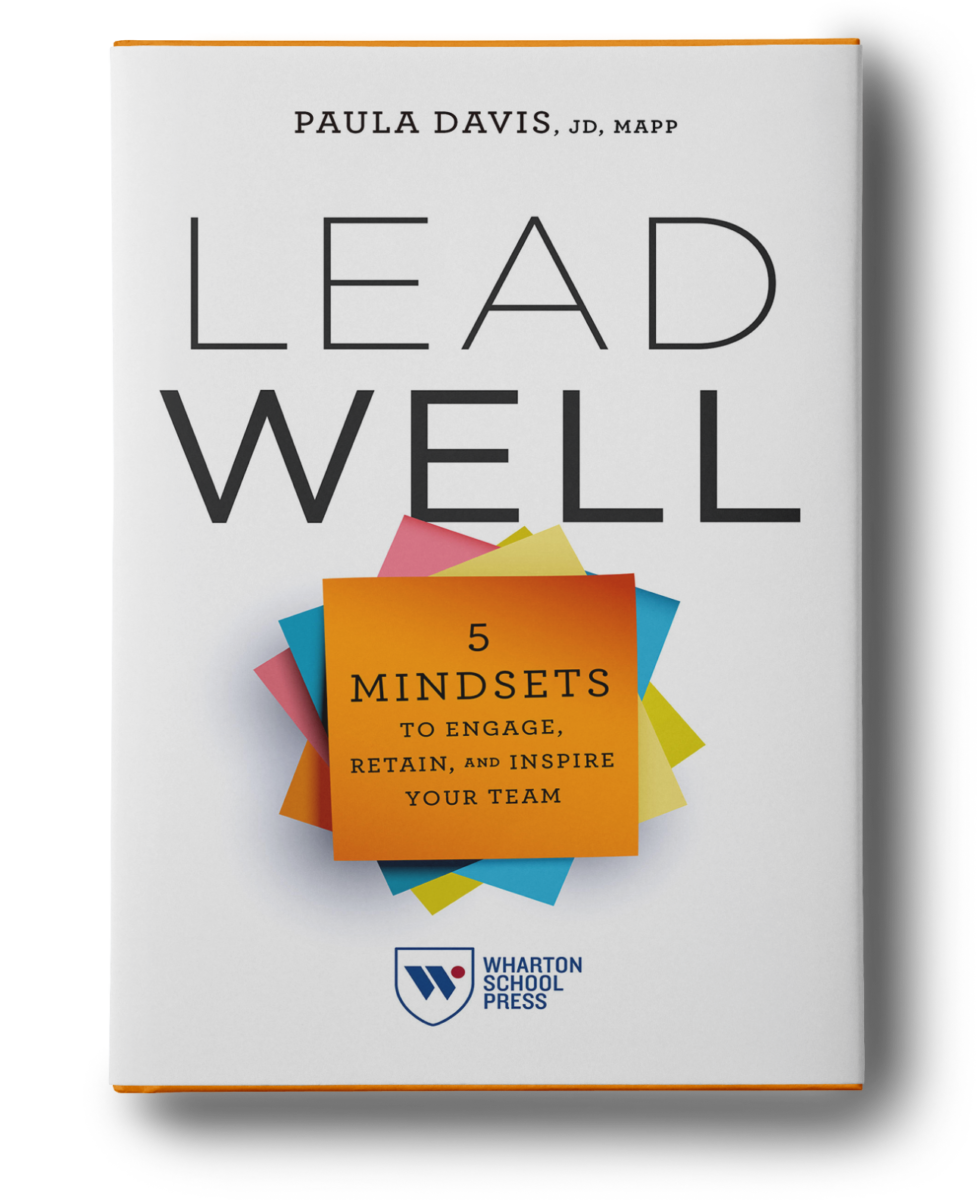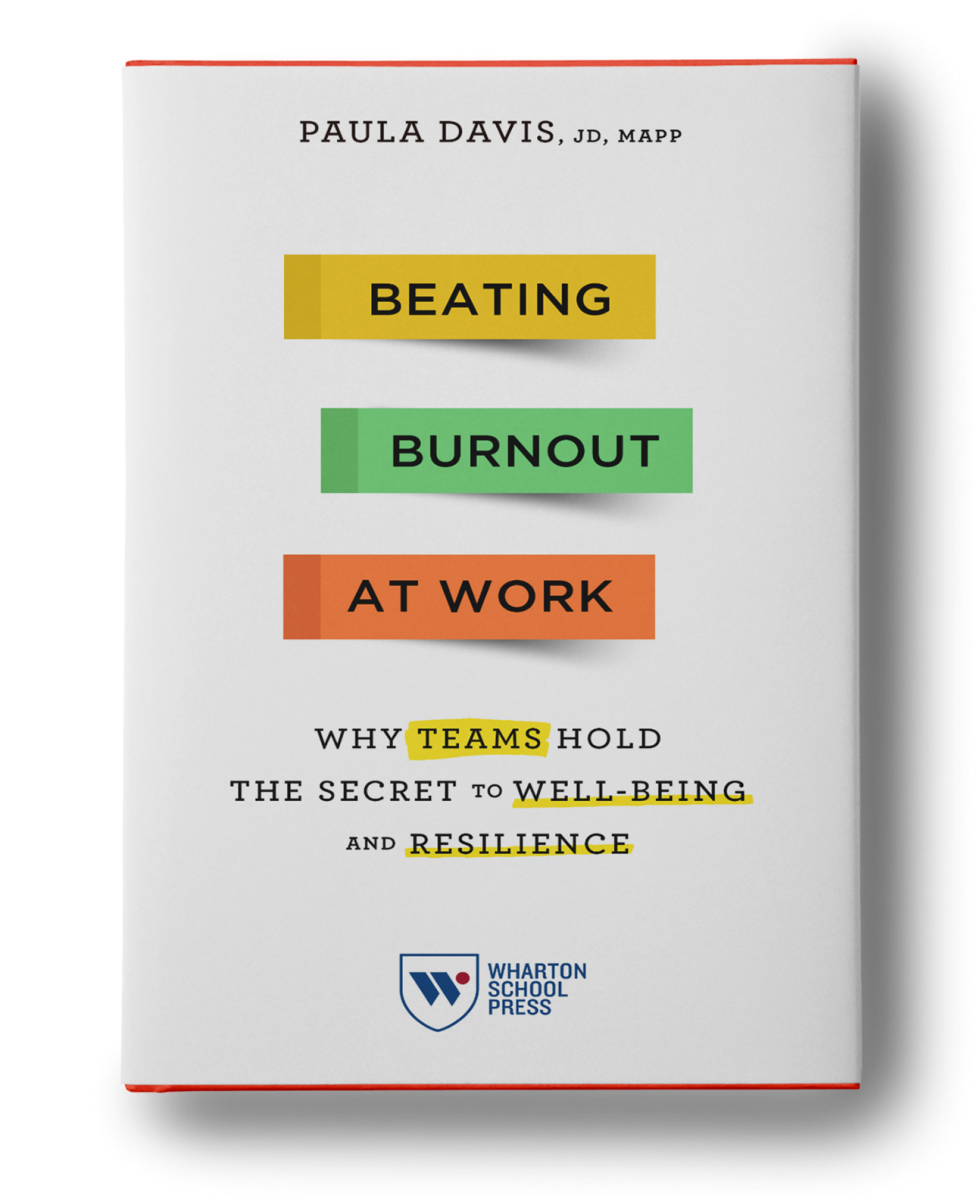The last 18 months plus have been challenging for me. I steered my business through a pandemic, wrote a book, launched the book, became a single parent, and continue to navigate the hurdles associated with growing a business. While many of these challenges have been blessings, they have taken an inordinate toll on my energy. Toward the end of last year, I decided to set a hard goal for myself for 2021, which was completing the Army 10 Miler. The Army 10 Miler is an annual event with more than 40,000 runners, usually held in Washington DC, and as the name suggests, it’s a 10 mile race created and hosted by the US Army.
This process was not easy for me at all, and it never looked “pretty,” but I finished the virtual race last weekend in Philadelphia. I even ran the whole thing. Here are a few lessons I learned along my way to becoming a “somewhat” runner.
Channel your inner Frank Sinatra. I knew that in order to achieve this goal, I was going to have to do it my way. I have always had a love-hate relationship with running, and that had to change if I was going to maintain the consistency I needed to train for a longer distance. For me, “my way” meant ditching the metrics. I know that sounds crazy, but I knew the data would be my downfall. I’m a slow runner, and I’m hard on myself, so coming face-to-face with anything time-related was going to discourage me. To combat that mindset, I just started running to clear my head. That felt good and my confidence increased. I spent many months just running 5Ks most mornings, building my physical stamina and my mindset. Then I started running four miles and worked up to six and beyond. Now that I know I can do it, I’m more interested in my pace and getting faster, but again, in my own way.
Connect to something meaningful. I wanted my goal to be tough, but I also wanted to connect it to something meaningful. I knew I needed a deeper why so I could push through the days when I was not motivated or just too sore to move. Years ago I worked with Army NCOs, officers, and their families as part of my work with the University of Pennsylvania. I spent more than three years working with soldiers, much of which was held on the UPenn campus. One evening after class, for each training, the soldiers held a fun run of about three to five miles and invited the training team to join. I was never in good enough cardiovascular shape to run that far, and despite a very strong desire to do so, I never attended a run. I missed my chance to run with my heroes, and that always bothered me. I thought that something Army related would help heal that regret.
Self-efficacy is powerful. The entire reason why I chose this goal was simply to see if I could do it. I just wanted to finish. I had stopped and started running so many times that this would be both a physical and a mental challenge. One of the most effective resilience building strategies is to develop the belief that you can overcome challenges and accomplish hard things. It’s called self-efficacy, and it’s developed in three specific ways.
First, create a goal or challenge, either personal or professional. The research suggests that the most effective path toward achieving your goal is to learn by doing. I wanted to get better at running so I could run 10 miles. There’s no other way to do that then to run, so I had to create a regular running habit. The next most effective pathway is to learn by observing others. There was no one for me to truly observe in real life, so I started reading running magazines and noticed how some of the Olympic runners prepared. Lastly, you can improve by being coached by a credible and respected source – identify the people who can give you feedback as you work toward your goals. I reached out to a local running group to ask for advice, I found a good training plan online, and I asked my runner friends for tips and advice.
- Accept a goal/challenge
- Make an effort
- Get feedback on that effort
- Improve that skill/ability
- Keep trying
- Succeed (and celebrate each success!)
Achieving a challenging goal is a difficult, but very rewarding process. Your mind starts to ask, “What else can I accomplish?” and you begin to see challenges generally through a different lens. Obstacles that once seemed overwhelming become much less so as you start to break down the barriers that may have stood in your way. Most importantly, I have learned to be more grateful for all of the blessings in my life. Please let me know what goal or challenge you decide to accept!
Please click here to order my new book, Beating Burnout at Work: Why Teams Hold the Secret to Well-Being and Resilience.







